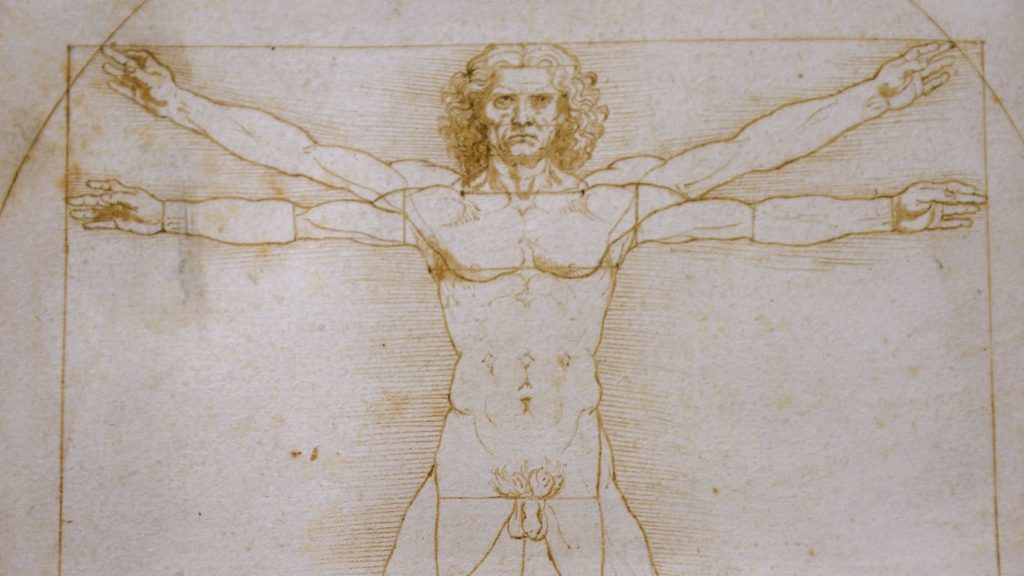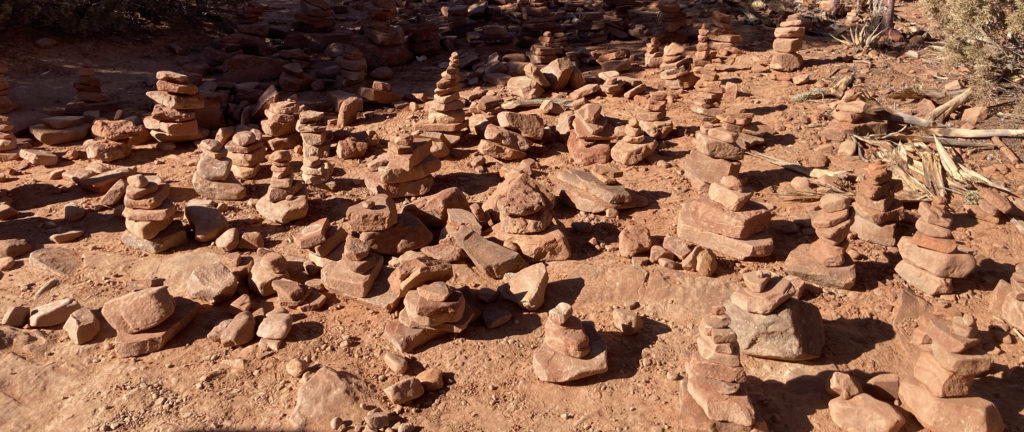My sweet refuge
Goodbye to your vortices, your scrub oak. Your bittersweet manzanita hills, crimson woven to ash grey fingers, crowned in red berry and mini green leaf. Your krumholtz tree-spiked cliffs, gnarled and wizened… Goodbye to the winding trails that always give more than take. Goodbye to teacup, coffeepot, ship rock, snoopy rock, rabbit ears, chicken point, bell rock, cathedral, soldier pass, bikini rock, mitten, devil’s kitchen and devil’s bridge… and all the undiscovered devils waiting to be revealed in future rockfall. I have but to walk 100 feet for your faces to change.
Goodbye to the dune buggies and trucks with confederate flag-painted doors. Goodbye to the mostly out-of-towners in your restaurants, and out on your popular trails. Goodbye to your good residents trying to navigate a disappearing middle ground.
Goodbye to the expanse of time and space that makes all of this disappear. Goodbye to your secrets, your surprises, your unknowns. Your twisted vortecies, your roaming Javalina families, your high-country Elk and occasional predator sightings. Goodbye to the birds- the canyon wrens, the hummingbirds, the robins, the bluebirds, the western Jay’s. The owls, hawks, crows, and falcons that rule the sky.

Goodbye to your ruins, your caves. Goodbye to your bone-dry air and your Imperial sun. Goodbye to the threat of needles needlessly lining every path- the agaves, yuccas, prickly pears, your grasses and brush. Your junipers and sage, and the occasional baby-sat barrel cacti.
You have made me appreciate the stillness, the solitude, the peace found in the expanse of an alien landscape, living with a tenacity unfamiliar to the lush, rain-fed greens of the Northeast, or the Pacific Northwest, where I have spent my whole life. The minimalist beauty of the un-developed raw desert landscape. I have grown fond of your endless generous gifts of surprise and delight, just around this corner… just up over that rust-colored mound of wind and rain-sculpted wonder…
Here, where no human touch demands to be seen, out on your bridge to the unknown, I found my rhythm. I hit my groove. I caught my stride. I landed on your soft, age-crusted dirt, and began to live again in harmony with myself, which cannot happen without harmony with you.
May your trails be crooked, winding, lonesome, dangerous, leading to the most amazing view. May your mountains rise into and above the clouds.
-E. Abbey



